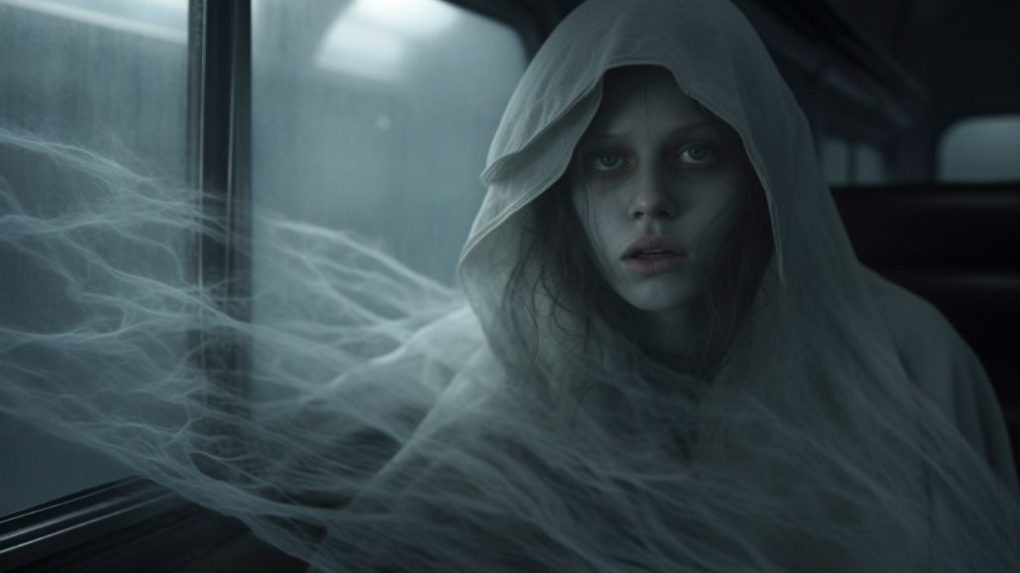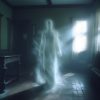Ghost stories have been told for centuries and continue to be a popular source of entertainment. As a genre, they appeal to our sense of mystery, fear, and the unknown.
While traditionally told around a campfire or during a sleepover, ghost stories have taken on many forms, such as films, television, and novels. In this article, we will explore the evolution of the ghost story genre and investigate why they continue to captivate audiences today.
A Brief History of Ghost Stories
Ghost stories weren’t always considered a distinct literary or cultural genre. Instead, ghost tales were often blended with other stories, such as myths and legends. However, one of the earliest recorded examples of a ‘ghost story’ as we would recognize and hear it today comes from ancient Greece. The famous philosopher Plato wrote the story of Er in his treatise “Republic,” in which a soldier dies on the battlefield, arrives in the afterlife, and returns to life to recount his experiences.
In the Middle Ages, people generally believed that the spirits of the dead could return to the land of the living. Ghosts were thought to represent a connection between the worlds of the living and the dead. People would tell stories of ghosts and supernatural beings around the fire, much like we do today. However, in the 18th century, when the Romantic movement was in full swing, ghost stories began to take on their modern form.
Related Article Death And What Comes After – Exploring The Great Unknown Beyond Our World
One of the earliest and most influential examples of the modern ghost story is “The Castle of Otranto” by Horace Walpole, published in 1764. The novel features supernatural events, family secrets, and a young heroine, all hallmarks of the Gothic style. Many of the most famous ghost stories come from this period, including “The Monk” by his friend Matthew Lewis and “The Mysteries of Udolpho” by Ann Radcliffe.
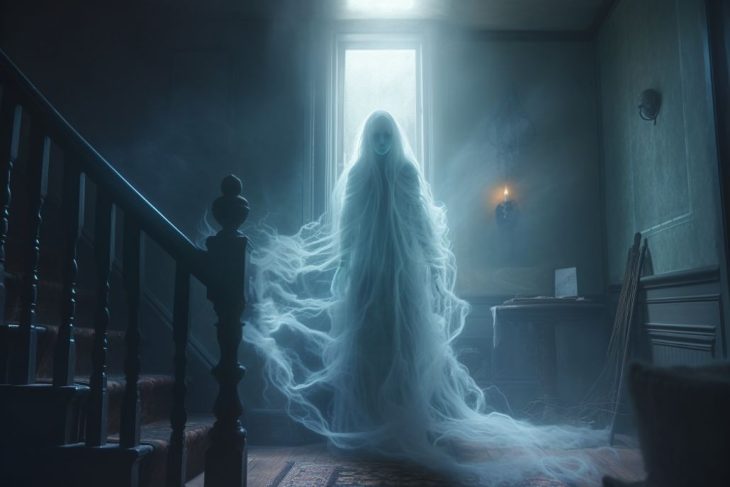
The Art of Storytelling
The art of storytelling is integral to the ghost story genre. Good ghost stories are more than just tales; they transport us to another world where the line between reality and fiction is blurred. They take us to a place where we can explore the supernatural. Some of the most famous ghost story writers, such as Edgar Allan Poe and M.R. James, were masters of suspense and knew just how to captivate their audiences.
Don't miss Exploring the History and Hauntings of the Amityville Horror House
One of the things that makes ghost stories so effective is their ability to evoke a sense of dread and terror without necessarily showing you anything. Ghosts and other supernatural entities are often hinted at or referred to obliquely. The sense of underlying tension is what makes ghost stories so compelling. More than anything, ghost stories are about the atmosphere. They transport us to an eerie, unsettling, and mysterious place.
Common Themes in Ghost Stories
Although ghost stories can be very different from one another, several common themes run through many of them. Ghost stories’ most enduring themes include apparitions, haunted houses, and possession.
One famous tale of a haunted house involves a girl hearing strange sounds coming from her room at night. She soon realizes that the ghost of someone who died in the house haunts her. Another common theme in ghost stories is the idea of a person being haunted by a ghost from their past. For example, a person may have died and now appears to someone close to them as a moving figure or sound.
Despite the variations in ghost stories, they have a sense of continuity. They are all about investigating the unknown and exploring the mysteries of existence. Whether it is a ghost haunting a house, car, or a person facing their mortality, ghost stories force us to confront something beyond our understanding.
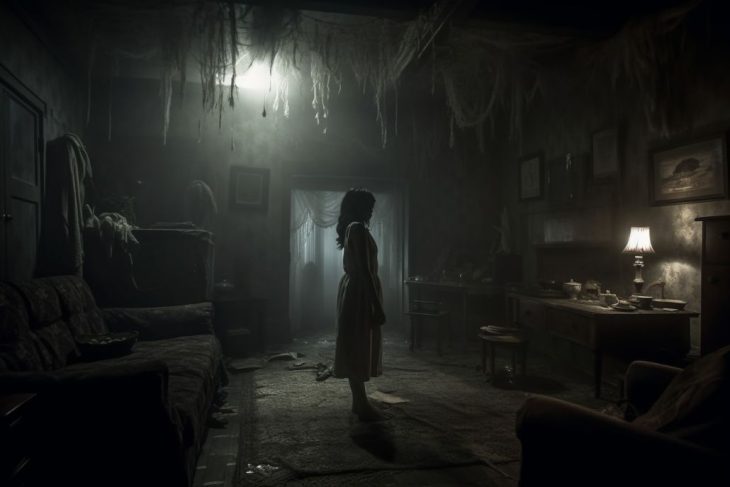
The Psychology Behind Ghost Stories
People have been telling ghost stories for centuries and continue enjoying them. At their core, ghost stories offer a thrilling sense of fear. Studies suggest that talking about being scared can be fun and entertaining. This is undoubtedly true of ghost stories. However, there is more to the genre than fear.
People enjoy ghost stories because they offer a window into a realm beyond our everyday experience. They allow us to explore ideas about death, the afterlife, and existence. The supernatural and otherworldly elements of ghost stories make them thrilling and exciting. They allow us to enter a different world for a little while and investigate ideas that might be unavailable in the real world.
Another reason that people enjoy ghost stories is that they allow us to confront our deepest fears. We all have fears about death, the unknown, and the afterlife. Ghost stories give us a way to confront these fears in a safe and controlled environment.
The Importance of Setting
The setting of a ghost story is essential to its effectiveness. Haunted houses and other eerie settings help to create an atmosphere of terror and unease. For example, “The Haunting of Hill House” by Shirley Jackson is set in a large and imposing mansion that is said to be haunted by ghosts. The house becomes a character in its own right, with its creaking staircases, dark corridors, and ghostly apparitions. By depicting the house as haunted, Jackson can create a sense of dread and unease that pervades the novel.
In addition to haunted houses, other settings commonly used in ghost stories include graveyards, old castles, and abandoned buildings. These locations are perfect for creating an eerie and unsettling atmosphere ideal for ghost stories.
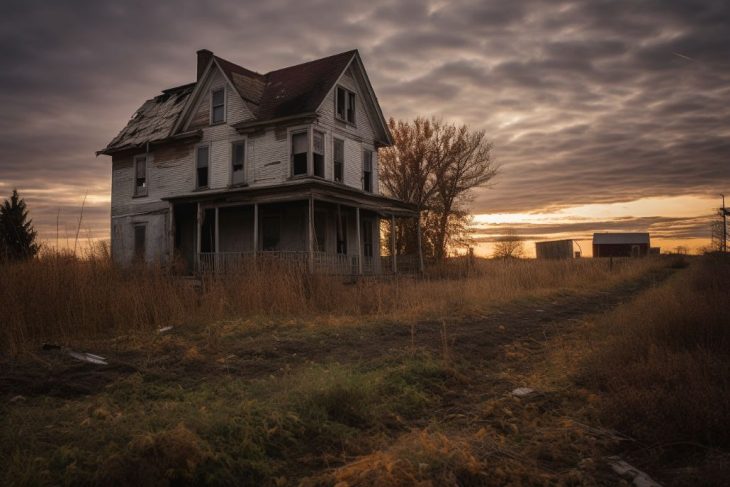
Types of Ghost Stories
Ghost stories have captivated readers since time immemorial. From classic to modern to gothic, numerous styles cater to different preferences. Classic ghost stories are usually set in a secluded location, like an old mansion, with a lone protagonist digging deep into supernatural happenings. Modern ghost stories, though, take on a different approach. Here, supernatural entities seep into the real world, often causing chaos and confusion for everyday people. And, perhaps the most haunting of all, the gothic ghost stories. In this genre, the setting plays just as important a role as the plot. Abandoned castles, sprawling estates, and other menacingly beautiful buildings create an eerie, tense atmosphere that captures our imagination.
Iconic Ghost Stories
Throughout history, many iconic ghost stories have been published, some of which have become cultural touchstones. For example, “The Turn of the Screw” by Henry James was published in London in 1898 and tells the story of a governess who becomes convinced that ghosts are haunting the children in her charge. not long ago, “The Woman in Black” by Susan Hill tells the story of a man who inherits property in an isolated part of England, only to discover that ghosts haunt it from the past. And, of course, “The Haunting of Hill House” by Shirley Jackson is considered one of the greatest horror novels ever written.
Fast Forward: Modern Ghost Stories
Modern ghost stories have continued to evolve, incorporating technology into their stories. Classic ghost stories rely on the setting and atmosphere to create a sense of suspense. In contrast, modern stories often rely on jump scares, special effects, and online communities and conversations to create hysteria. Modern ghost stories are often fast-paced and surprising, exploring new and inventive concepts.
One example of a modern ghost story is “The Ring,” a horror film directed by Gore Verbinski. The movie’s plot follows a journalist investigating a mysterious videotape that is rumored to kill the viewer seven days after watching it. The film has an unsettling and eerie atmosphere, featuring several jump scares and unexpected twists that keep viewers on the edge of their seats.

Haunted Houses and Investigation
Haunted houses are integral to ghost stories and provide a perfect setting for investigators to explore the world of spirits and the paranormal. People in these houses have reported seeing apparitions, hearing strange sounds, or experiencing objects moving seemingly on their own. Those willing to investigate the paranormal must have the courage to face their fears and confront the unknown.
Also read Reincarnation Stories: Real-Life Examples of Past Lives
Paranormal investigations have become a popular pastime in recent years, with people using specialized equipment to capture evidence of ghosts and other supernatural entities. Shows such as “Ghost Adventures” and “Most Haunted” follow paranormal investigators as they explore haunted buildings using various tools and techniques.
Between Reality and Ghost Stories
Ghost stories make us question what we perceive as accurate and challenge our instinct to distance ourselves from the supernatural. The line between fiction and reality is blurred in ghost stories, and we are forced to evaluate our beliefs about death, the afterlife, and existence itself. We question what lies beyond this world and whether we should fear it.
Creating Your Own Ghost Stories
The ghost story genre is versatile and entertaining, and creating your own ghost story can be fun and rewarding. There are many ways to go about this, whether you want to set your story in a town in the past or present or whether you want it to be a classic or modern ghost story. Whatever you decide, pay close attention to detail and create a spooky atmosphere that will keep your readers interested.
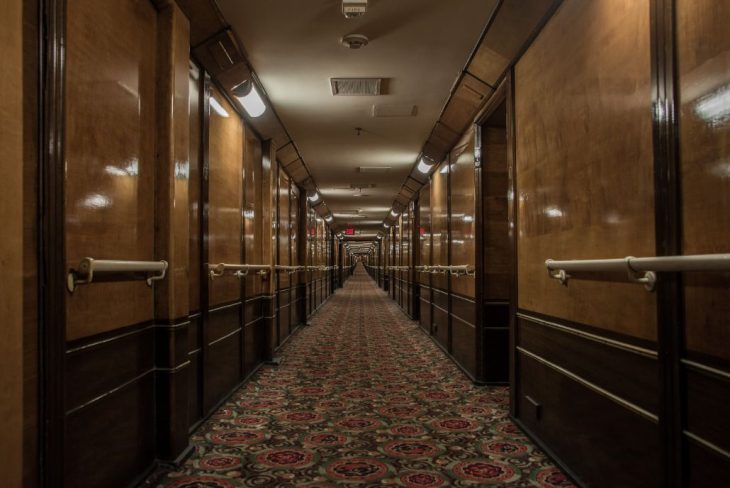
Additional Resources
For those interested in exploring the genre further, many additional resources are available. Some great ghost story books include “Ghost Stories of an Antiquary” by M.R. James, “The Ghost Stories of Edith Wharton” by her daughter Edith Wharton, and “The Complete Tales and Poems” by Edgar Allan Poe. For those who enjoy films, some great ghost story movies include “The Sixth Sense,” “The Others,” and “A Tale of Two Sisters.”
Related: Exploring Precognition – Investigating Its Meaning and Potential
Conclusion
Ghost stories have been a staple of popular culture for centuries, and they continue to captivate audiences through their mystery and intrigue. Whether by exploring the supernatural, confronting our fears, or challenging our beliefs, ghost stories offer a window into a realm beyond our everyday experience. By taking a closer look at the psychology, themes, and different iterations of ghost stories, we can appreciate the complexities and artistry of the genre and reflect on ourselves and the world around us.
At its core, the ghost story genre explores the boundary between the known and the unknown. They are about investigating the mysteries of existence and reflecting on the idea that things are beyond our control and understanding. By immersing ourselves in these stories, we can confront our deepest fears and question our most basic assumptions about the world while experiencing a thrill that cannot be found elsewhere.
So whether you’re a fan of classic or modern ghost stories, remember to keep an open mind, be prepared to face the unknown head-on, and don’t forget to check under the bed before sleeping.

